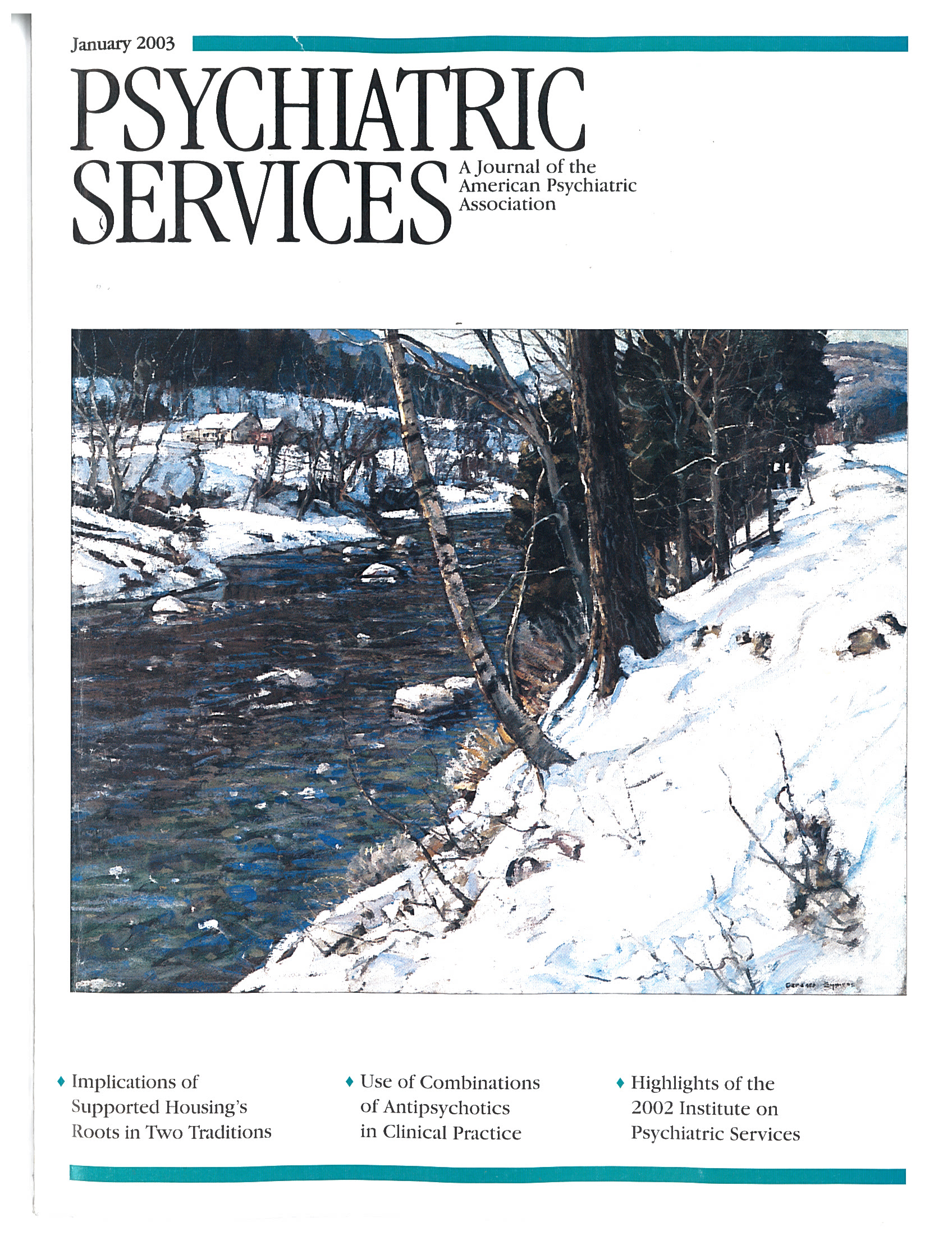The Humor Group: More Than a Joke
There is much theoretical and empirical support for the belief that humor is good for you. Laughter can mitigate pain, enhance immunologic function, promote general physical health, improve mental functioning, attenuate stress, narrow interpersonal distance, and create a common language. These advantages can in turn enhance social health, facilitate relationships and rapport, augment the psychotherapeutic process, enhance group cohesion, promote communication, and help caregivers cope with the demands of their work.
Based on the proposition that humor can catalyze therapeutic change, a unique treatment modality called "the humor group" deliberately uses humor as the focal point of treatment. The group was initially designed to give nursing students in a 16-week clinical rotation at a state forensic psychiatric hospital practice in leading a group and in using humor therapeutically. The intention was to provide patients with a mirthful place of respite and help students and patients transcend negative stereotypes arising from their disparate sociocultural backgrounds by sharing laughter.
The original humor group began in March 1994 and ended in March 1998, when changes in the curriculum of the affiliated nursing program led to discontinuation of the hospital as a training site. By the time the group concluded, ten completed cycles—a sequence of group encounters that took place over a six- to eight-week period—had been offered, each encompassing six to eight one-hour sessions. A total of 66 sessions were held, involving 129 patients and 64 nursing students.
After completing a two-hour class on therapeutic applications of humor, each student planned and led one session under the supervision of the instructor. To help them function as effective leaders and to enhance the likelihood that they would share constructive humor, each session followed a specific format.
First, a "call for rules" opened each session with a discussion of the group guidelines, which centered on being respectful of other participants. Then, because group membership was open, each week's session included an introduction, which was conducted in a playful manner and set a jovial tone for group interaction. The sharing of yarns during the "call for jokes" served as a springboard for more spontaneous humor, provided an incentive to prepare ahead of time, and gave shyer participants a concrete focus.
Next, a "humorous activity" engaged members in a variety of games, songs, dances, skits, or relays that emphasized cooperation. This activity was followed by a discussion that encouraged members to share concerns and plan for future sessions and was a safeguard against humor's divisive or destructive potential. Finally, there was an "enlightenment" component, which often took the form of an instant replay of some funny group occurrence and ended the session on an upbeat note.
After each session, a debriefing was held in which the students and the instructor critiqued the group process and developed strategies for improvement.
A comprehensive evaluation of the initial humor group was conducted in 1999 to explore the impact of the group on patients' well-being. Analysis of data collected over the group's four-year duration—including patient and student questionnaires instituted as an ongoing means of group assessment, attendance lists, patient records, and student and instructor notes—and interviews conducted with 13 patients revealed several themes suggestive of the group's therapeutic value. The participants viewed the group as a place in which to develop a sense of connection, improve communication and social skills, learn to manage thoughts or feelings, get new perspective, reduce stress and enhance coping, find respite and relaxation, and laugh with others at oneself.
Humor is not a panacea, and neither was the humor group. Although the patients found it beneficial, none of them claimed that the group was a cure-all or the only helpful therapy. Nonetheless, patients' experience in the group debunked a prevalent belief that treatment always has to be provided in a serious manner. Clinicians often perceive therapy as a collaborative, helpful venture, yet many patients in the group construed therapy as coercive or frightening. The humor group sought to cultivate humor in their lives, which was a goal that the members shared. They liked its subtle route to change and found its focus on positive emotions unique.
The original structure and format of the humor group have guided two subsequent efforts to introduce humor's healing potential in other settings. In the fall of 2000 and the spring of 2001, nursing students offered similar groups to male and female inpatients and outpatients who were receiving psychiatric care at a Department of Veterans Affairs hospital. Nursing students are currently leading a humor group with elderly and disabled residents of a low-income housing project. Both endeavors lend credence to the age-old adage that laughter is the best medicine and the current assertion that the original humor group was more than a joke.
Dr. Minden is associate professor of nursing at Edgewood College, 1000 Edgewood College Drive, Madison, Wisconsin 53711 (e-mail, [email protected]).



